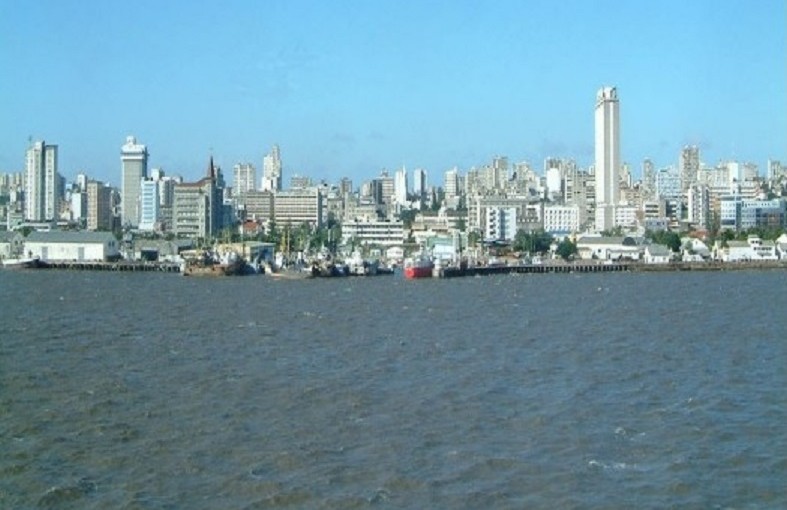"Gas is not edible": Daniel Chapo calls for a focus on agriculture in Mozambique
Household Survey Shows Widening Gap between Rich and Poor in Mozambique

in file Club of Mozambique / A View of Maputo, capital city of Mozambique.
The latest household survey, released last week by Mozambique’s National Statistics Institute (INE), shows a widening gap between the richest fifth of the population and everybody else.
The survey shows an across the board improvement in living standards since the previous survey, held in 2008-09, but the gains are much sharper for the richer strata of the population than for the poorer.
At current prices, average monthly household expenditure per capita rose from 324 meticais in 2002/3 to 721 meticais in 2008/9 to 1,408 meticais (31.3 US dollars at current exchange rates) in 2014/15.
The full report breaks this down into fifths (quintiles). The richest quintile saw its monthly per capita expenditure rise from 1,487 meticais in 2008/09 to 5,812 meticais now. This is more than the other four quintiles put together.
For the first, and poorest, quintile the rise was from 222 to 427 meticais, for the second quintile it was from 371 to 743 meticais, and for the third expenditure rose from 485 t0 1,118 meticais. For the fourth quintile, monthly per capita expenditure rose from 647 to 1,776 meticais.
The structure of this expenditure shows that, as a national average, only 35.6 per cent of expenditure goes on food and non-alcoholic drinks, compared with 51.4 per cent in the previous survey. Poorer households inevitably spend a higher percentage of their income on food than do richer ones. So this figure points towards a sharp decline in monetary poverty.
But when broken down into quintiles, the survey shows that for quintiles one to three, accounting for 60 per cent of the population, food accounts for over half their expenditure. For the poorest 20 per cent, this figure rises to 62.5 per cent.
At the top end of the scale, in the fourth quintile 39.8 per cent of expenditure is on food, and for the richest 20 per cent, food only accounts for 14.4 per cent of their expenditure.
For the top quintile transport accounts for 15.9 per cent of expenditure, but for the poorest 20 per cent the figure is only 2.3 per cent. Considerably more is spent on leisure by the top quintile than by the rest of the population: thus 11.2 per cent of the expenditure by quintile five goes on the category of restaurants, hotels and cafes, compared with 3.7 per cent in quintile one.
Inequality is also clear geographically. The highest per capita expenditure is in Maputo City, with 3,651 meticais, followed by Maputo province, with 2,258 meticais. In none of the other nine provinces does per capita expenditure reach even 1,000 meticais a month. The two most populous provinces also have the lowest per capita monthly expenditure – 580 meticais in Zambezia and 626 meticais in Nampula.
Ownership of durable goods is another indicator which has seen a general improvement across the entire population – but once again, the richest 20 per cent have benefitted more than anybody else. 89.5 per cent of households in the top quintile own a mobile phone, compared with 32.8 per cent in the bottom quintile.
70 per cent of the top quintile own a television set, compared with only 5.9 per cent of the bottom quintile. There has been a clear move way from radio and towards television, particularly among the richer strata of Mozambican society. Only 37.1 per cent of the top quintile own a radio, which is not much higher than the 34.4 per cent of the bottom quintile. Quintiles two to four all still rely more on the radio than the television, and have radio ownership of over 40 per cent.
When it comes to means of transport, there is a huge gap. 23.9 per cent of households in the top quintile own a car, but in the bottom quintile the figure is only 0.3 per cent. Even in quintile four, only 2.9 per cent of households have a car.
Quintiles one to four all show bicycle ownership of over 32 per cent. But the richest quintile is tending to abandon bicycles – only 18.9 per cent of these households now own a bike.













Leave a Reply
Be the First to Comment!
You must be logged in to post a comment.
You must be logged in to post a comment.